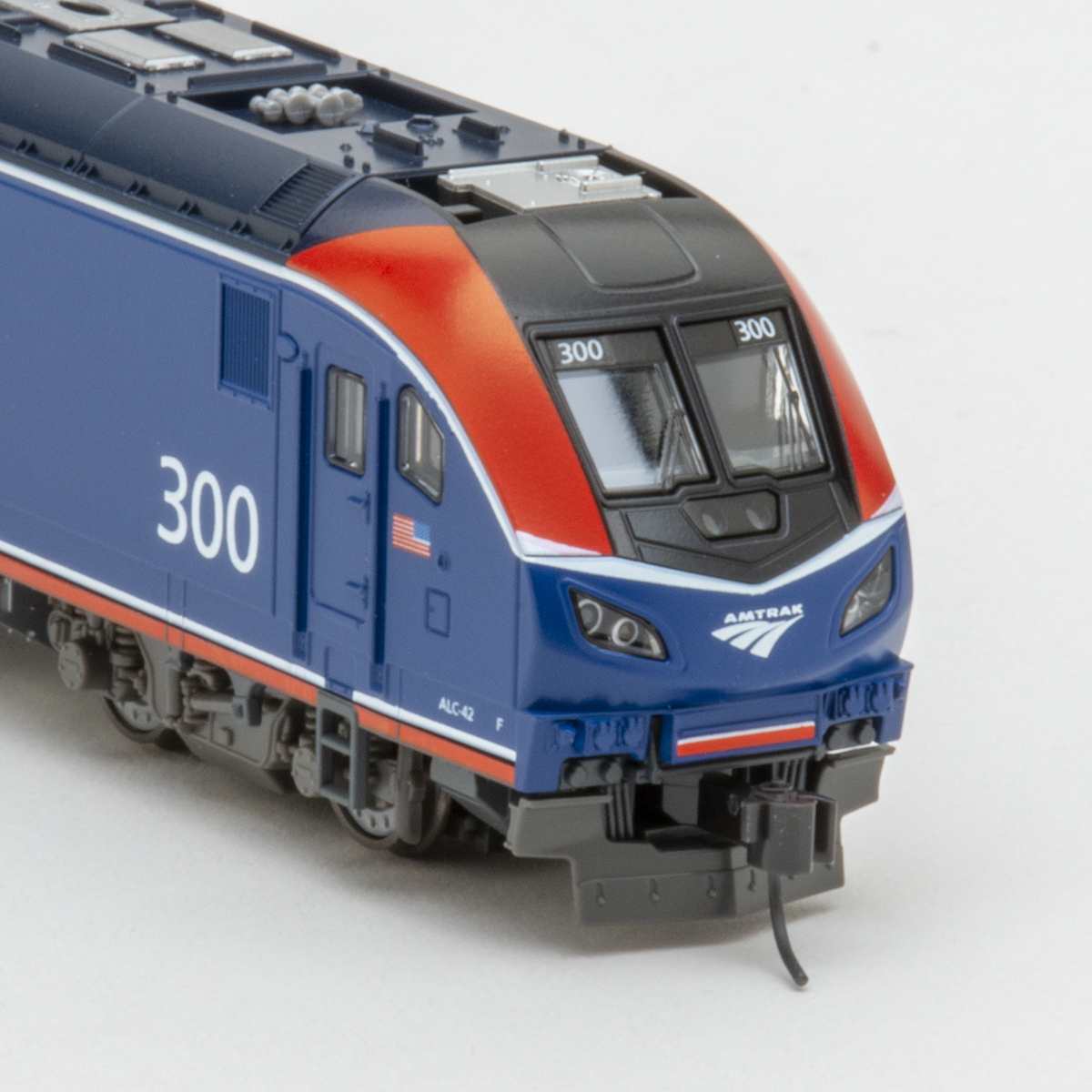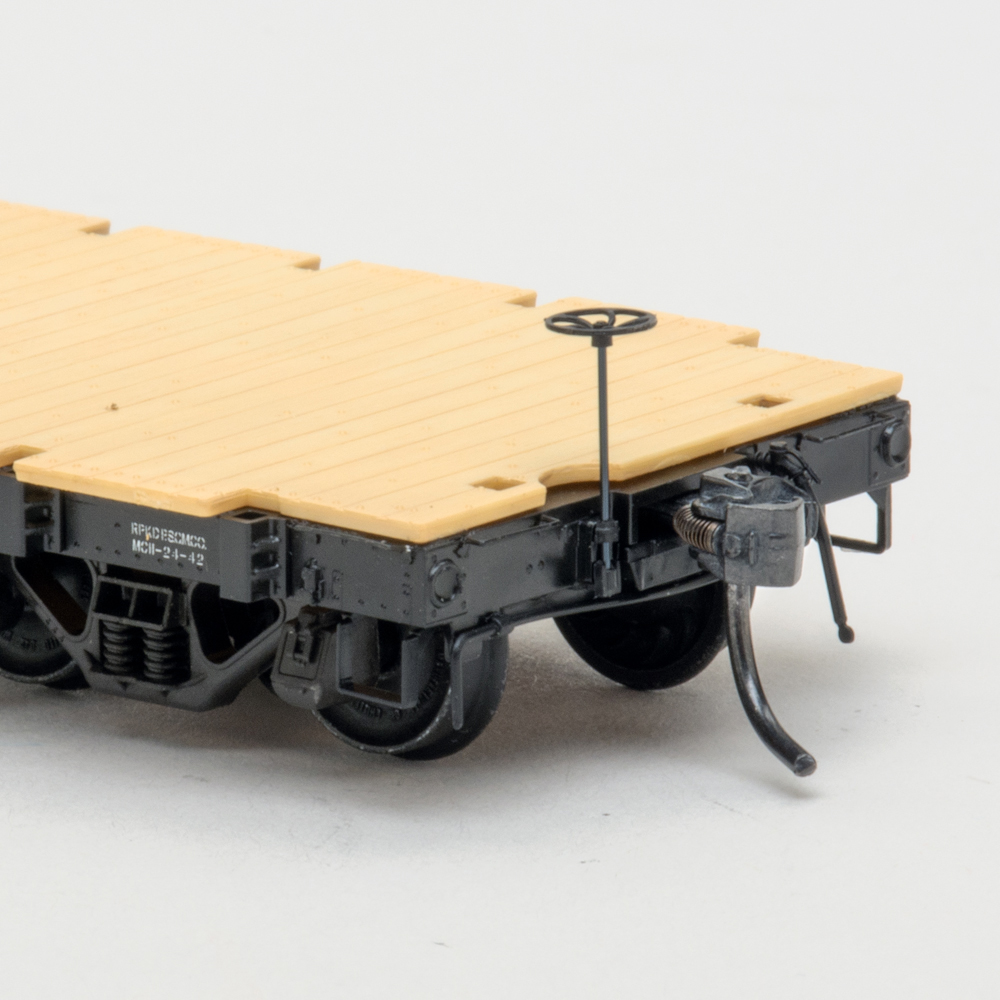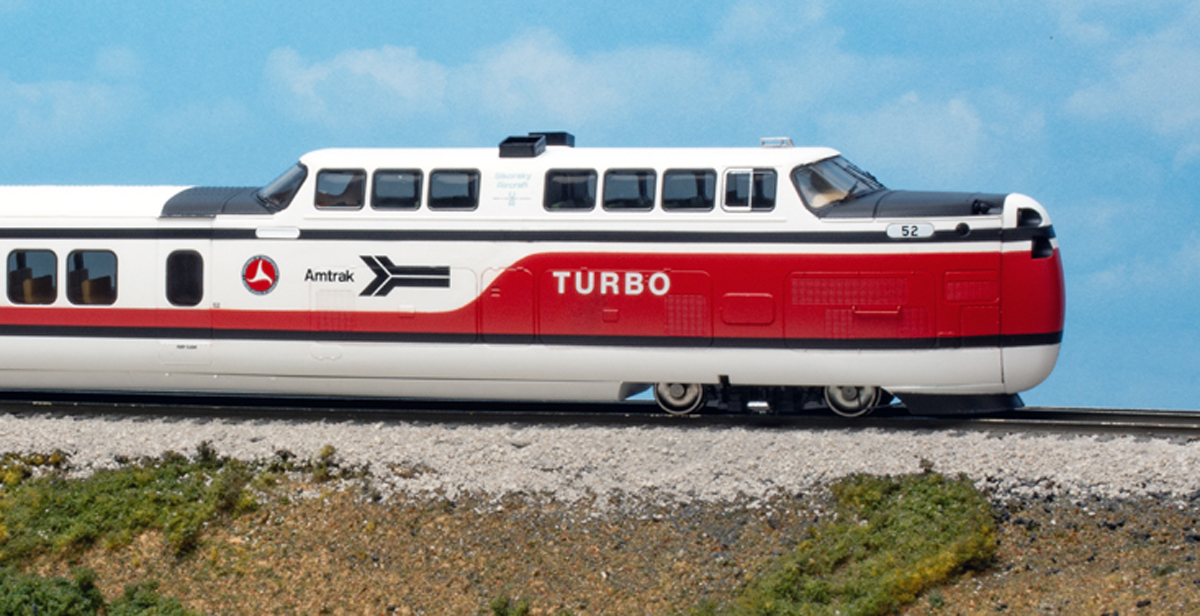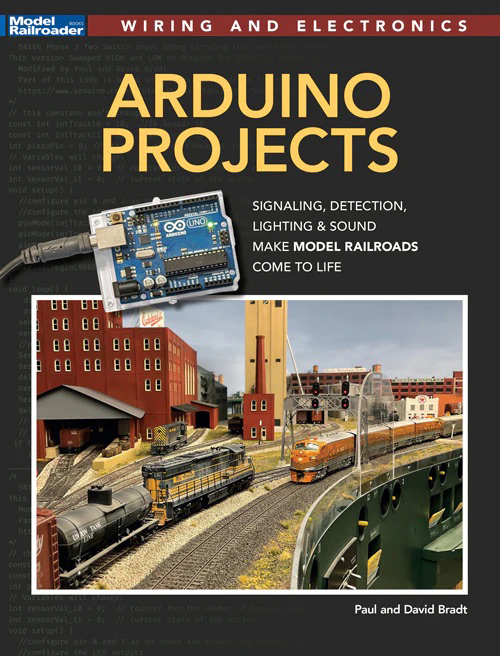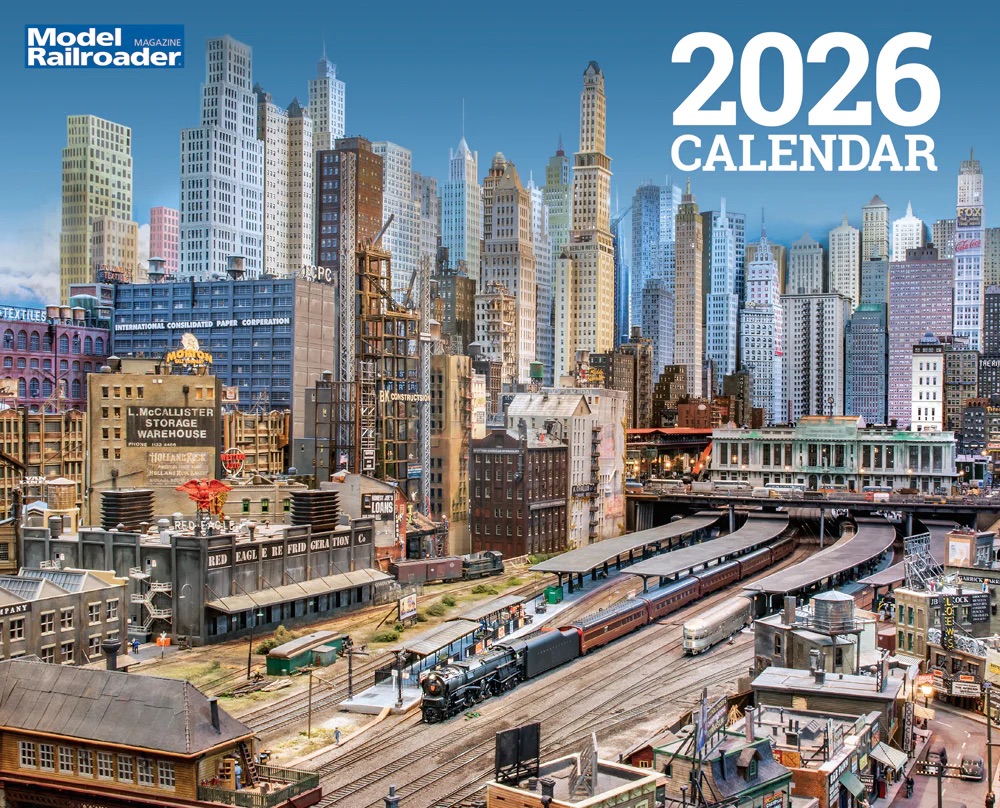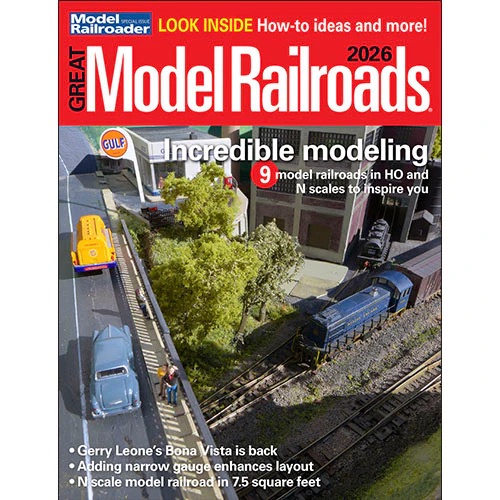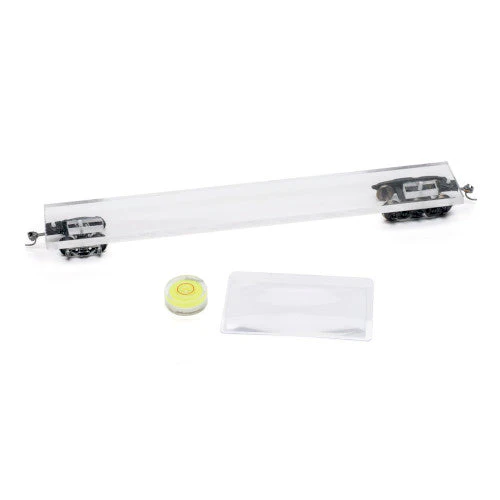
A 52’-6”, 15-panel gondola with factory-dented sides is now available from Bluford Shops. The N scale injection-molded plastic model, offered with light, medium, and heavy denting, features metal wheelsets, body-mounted couplers, and railroad-specific end and hand brake options.
Prototype history
The Bluford Shops model is based on a design developed by the Erie RR and Greenville Steel Car Co. in 1940. From the mid-1940s through late 1957, mill gondolas were constructed to this plan by other builders, including American Car & Foundry, Bethlehem Steel, Mount Vernon Car Co., and Pullman-Standard. In addition, Chicago, Burlington & Quincy; New York Central; and Rock Island built this style of car at their shops.
The sample we received is decorated as Conrail 522738, part of the railroad’s 522584 through 522681 series (broken). The full-size 1,761-cubic-foot capacity car was built for the Erie by Greenville Steel Car Co. in April 1954. Following the 1960 merger between the Erie and Delaware, Lackawanna & Western, the gondola became Erie Lackawanna 16520. The car joined Conrail’s freight car fleet in April 1976.
Model features
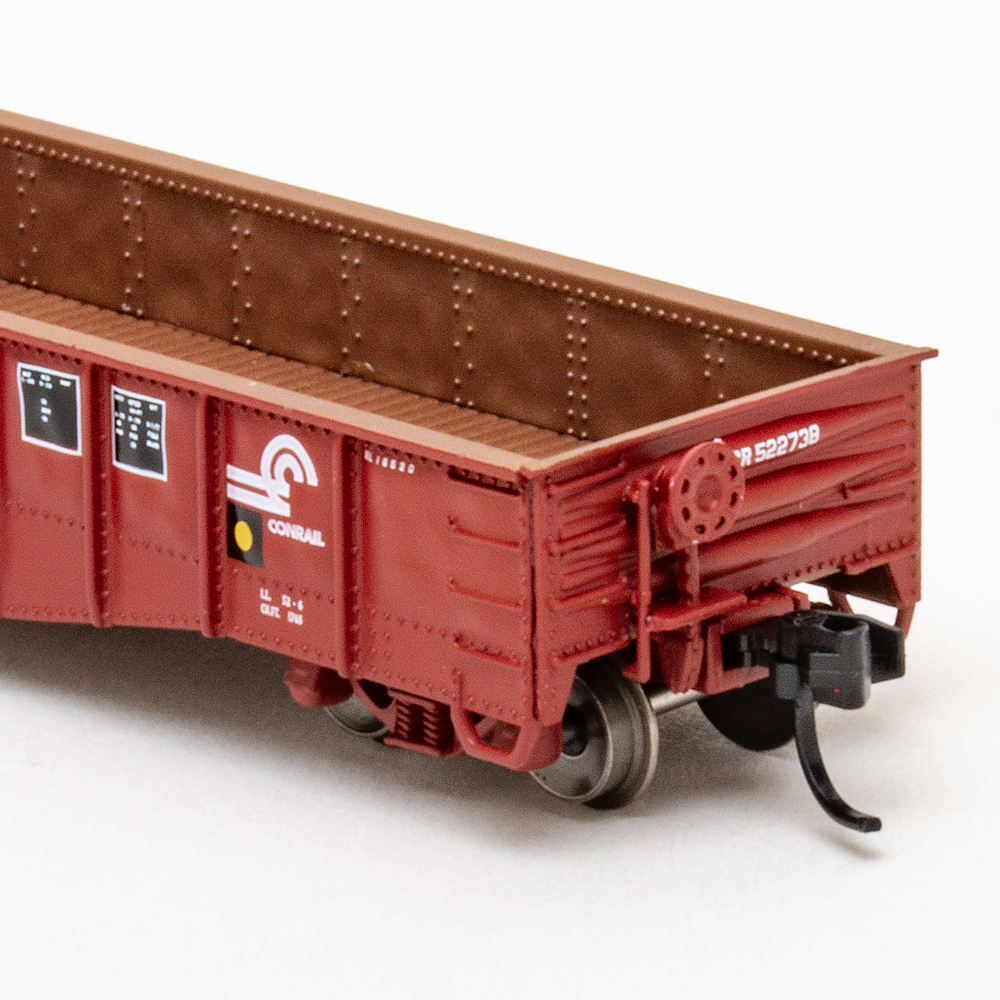
Construction of the N scale model consists of plastic sides and ends glued to a die-cast metal floor. The sides feature three levels of denting. What’s the difference between them? “The lightly dented versions have multiple deflections in the side sheets above the floor line,” explained Craig Ross, owner of Bluford Shops. “The medium dented versions have the side sheets visibly puffed outward between the rivet lines as countless small dings to the inside faces accumulated and stretched the sheets into rough domes.
“The heavily dented versions also have the puffed-out panels, but to a greater extent — plus many of the ribs have also been deflected outward. The concave dent detail on the inside faces matches the convex outside faces.”
The gondola is offered with railroad-specific details. Fixed-end cars are equipped Dreadnaught or Pullman-Standard ends as appropriate, an end-mounted Ajax brake housing, and one of two styles of brake wheel. Drop-end cars feature Dreadnaught, PS, or carbuilder ends; an end-mounted, lever-action hand brake; or a side-mounted brake wheel. The Conrail model has fixed Dreadnaught ends, an Ajax brake housing, and the same company’s IP80 brake wheel.
The top of the floor has board detail that runs perpendicular to the sides. This reasonably captures the look of wood flooring and Armco steel freight car flooring. The circle with a “W” in the middle on the Conrail model indicates it had a wood floor.

The bottom of the model features center sill, crossbearer, crosstie, and stringer detail. Parts of the AB brake system cast into the underbody include the air reservoir, brake cylinder, control valve, levers, brake rods, auxiliary and emergency reservoir pipes, and brake cylinder pipe.
A plastic casting consisting of the draft-gear box, body bolster, and center sill stub is attached with a pair of Phillips-head screws to both ends of the car. The 70-ton solid-bearing trucks, equipped with 33” metal wheelsets, are pin mounted.
The paint on our sample is smooth and evenly applied. The lettering is opaque, and the small data is legible under magnification. The “e” in Valve was missing from the Release Valve stencil on both sides. The black-and-yellow wheel inspection dot below the Conrail herald was applied to full-size freight cars starting in March 1978.
Measuring up
I compared the model to prototype drawings provided by Paul Tupaczewski, Erie Lackawanna Railroad Historical Society modeling advisor. Most major dimensions match up. The interior width is a scale 6 inches too narrow, which is typical on open-side cars. The truck centers are 43’-9”, compared to 43’-3-1⁄2” on the prototype.
I was unable to locate prototype photos of CR 522738. However, images of the gondola from 1976 when it was still EL 16520 are available online. The Wine Railway Appliance Co. lading band anchors were omitted from the top chord on both sides, but that would be a tricky detail to re-create in 1:160. The route boards were also missing.
To see how the car performed in an operating layout environment, I took the gondola over to our Milwaukee, Racine & Troy State Line Route. The 4 x 12-foot island-style layout features 18” minimum radius curves and No. 6 minimum turnouts. The gondola ran without incident while being pushed and pulled in a train.
Kudos to Bluford Shops for thinking outside the box and releasing a factory-dented gondola. Though the model is plastic, the interior and exterior denting looks the part. I can see this model being a springboard for some cool weathering effects.
Facts & features
Price: $37.95
Manufacturer
Bluford Shops
P.O. Box 152
Bluford, IL 62814
Era: 1940s to 1990s (varies by paint scheme)
Road names: Conrail; Chicago, Burlington & Quincy; Erie Lackawanna; Great Northern; New York Central; Nickel Plate Road; Pittsburgh & Lake Erie; Rock Island; and St. Louis-San Francisco (Frisco). Six road numbers per scheme (two each per level of denting).
Features
- Body-mounted couplers, at proper height
- Metal wheelsets, correctly gauged
- Minimum radius, 11”
- Weight: 1 ounce, .1 ounce too light per National Model Railroad Association Recommended Practice 20.1







